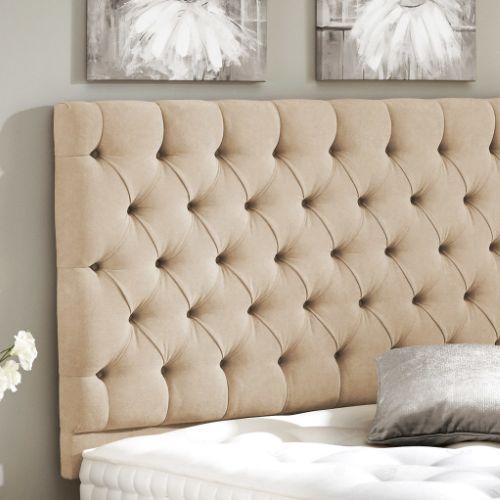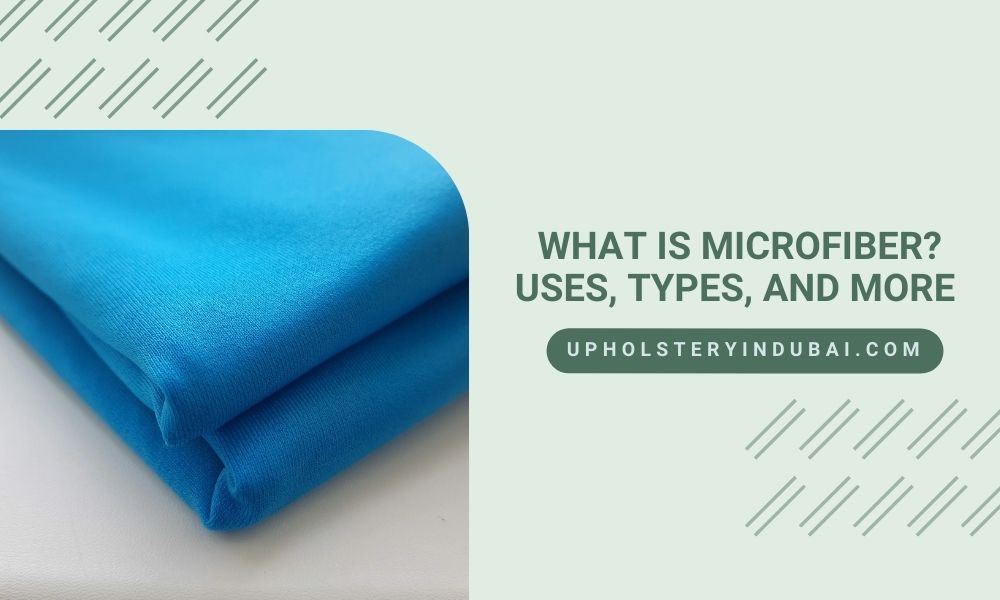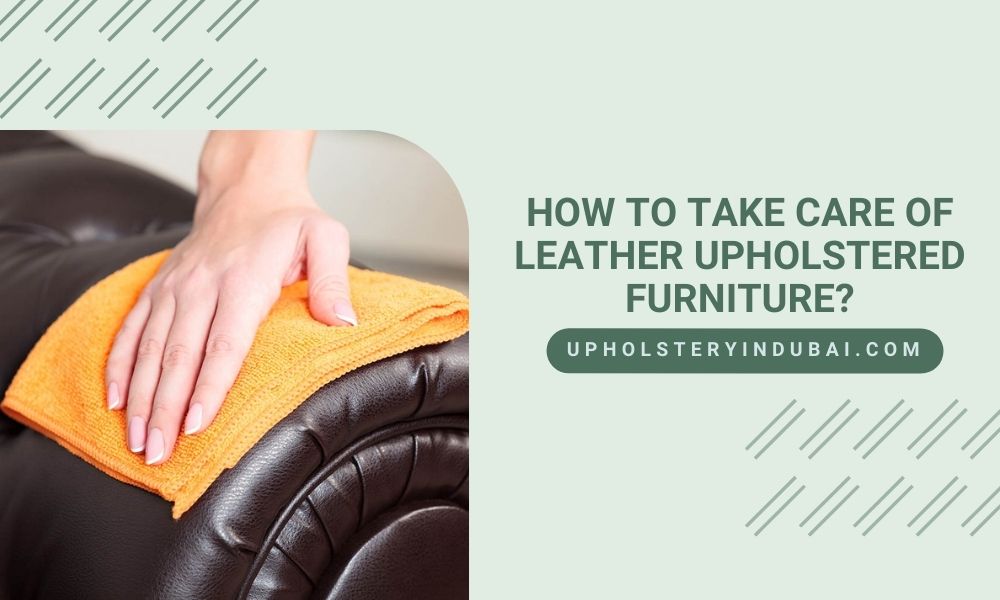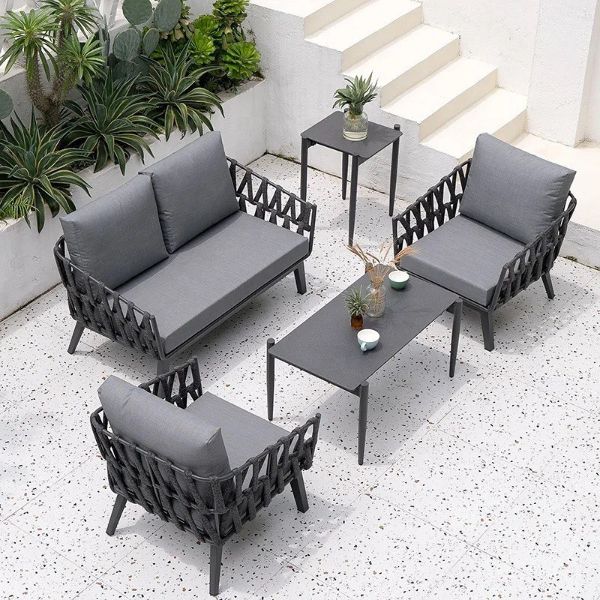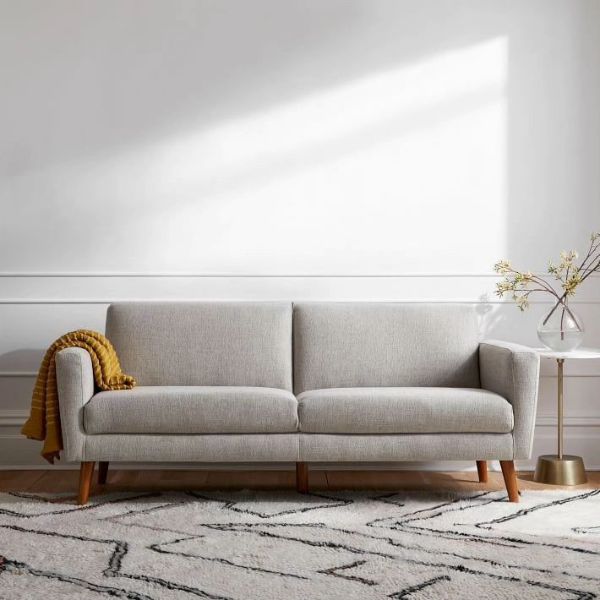Comfort is the utmost priority when it comes to arranging our living spaces. Upholstery padding is essential for giving our furniture the strength and comfort it needs to deliver. The comfort and durability of your furniture can be improved by choosing the proper upholstery padding for everything from dining chairs and couches to headboards and armchairs. This in-depth article by Upholstery in Dubai, will examine several upholstery padding options, their features, benefits, and drawbacks so you can make an informed decision for your house.
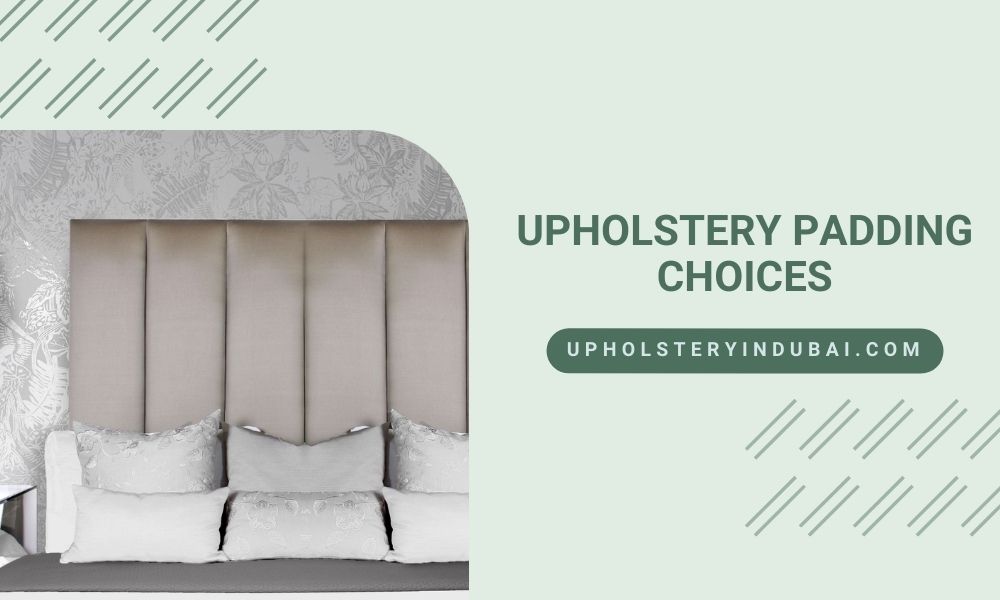
Understanding Upholstery Padding
The material enclosed between a piece of furniture’s outer fabric and frame is referred to as upholstery padding, cushioning, or stuffing. Its main objective is to give comfort and support to the person who is seated or lying down. The stiffness, softness, and general feel of the furniture are all directly influenced by the upholstery padding selection.
Types Of Upholstery Paddings: Pros And Cons
Padding for furniture’s upholstery is crucial to its comfort and support. The feel, robustness, and general quality of your upholstered pieces can all be dramatically impacted by the padding you choose. To assist you in making an informed choice for your furniture needs, let’s examine various varieties of upholstery padding and their associated benefits and drawbacks.
1. Foam Padding
One of the most popular and adaptable types of padding for upholstery is foam. It is offered in various densities, from high to low, each with special advantages.
Pros:
- High-density foam offers strong support, it is perfect for regularly used furniture like couches and chairs.
- Providing a mixture between support and comfort, medium-density foam ensures a comfortable sitting experience.
- Foam is resilient, even after repeated usage, it retains its shape well.
- Foam is versatile and is easily cut and molded to fit a variety of furniture designs.
- Foam padding can survive for years with proper care and little to no wear.
Cons:
- With frequent use, foam padding can eventually compress and lose some of its hardness.
- The low-density foam may exhibit noticeable drooping, particularly in high-traffic areas.
- Frequent fluffing and spinning is necessary to keep the foam in form and increase its longevity.
2. Down And Feather Padding
A comfortable and opulent seating experience is provided with down and feather padding. Feathers provide extra support while down serves as the soft undercoat of waterfowl.
Pros:
- Cushions packed with down and feathers have a sink-in, cloud-like feel that is ideal for relaxing and getting maximum comfort.
- Because of the lightweight and airy feeling these materials give off, moving and adjusting furniture is simple.
- Down and feather padding can maintain its loft and comfort for a very long period with proper care.
Cons:
- To keep their roof space and prevent clumping, down and feather-filled cushions need regular fluffing.
- Some people can be sensitive to down or feathers, which could lead to respiratory problems and discomfort.
- Compared to other forms of padding, dow, and feather-filled cushions need more care and maintenance because of how fragile they are.
3. Polyester Fiberfill
A synthetic filler comprised of polyester fibers is referred to as polyester fiberfill. It is frequently utilized because of its low cost and hypoallergenic qualities.
Pros:
- Polyester fiberfill is a cost-effective choice that many customers can afford.
- Because this material does not cause allergic reactions, it is excellent for people with allergies.
- Polyester fiberfill requires little maintenance and is spot-cleanable.
Cons:
- This fiberfill tends to flatten over time, which reduces its cushioning and comfort.
- Polystyrene fiberfill is less durable and can require refilling more frequently than foam and spring padding.
4. Cotton Padding Options
A natural choice that offers a soft and supporting sensation is cotton padding. To increase comfort, it is frequently used with other materials like foam or springs.
Pros:
- Cotton is renewable and biodegradable material making it a choice that is environmentally friendly.
- Cotton padding is breathable allowing air to circulate and making the seat more comfortable.
- Cotton has a soft, natural texture that is really cozy.
Cons:
- Cotton padding may become less supportive and shaped as a result of time-related compression.
- Cotton padding may need to be replaced more frequently than foam or spring cushioning since it is less resilient.
5. Spring (Coil) Padding
To lend support and bound to the upholstery, metal coil springs are used as spring padding. It is frequently used in classic and upscale furniture.
Pros:
- Coil springs provide outstanding support, assuring cozy seatings.
- Even after prolonged use, spring padding maintains its shape and bounce.
- Premium spring padding has a long lifespan.
Cons:
- Compared to other types of padding, spring padding can be more expensive.
- Spring can begin to cause chirping sounds with use and aging, which is annoying and uncomfortable.
Maintenance And Care Of Padding
Your upholstery padding must be properly maintained if you want it to last longer.
-
Regular Fluffing
Regular fluffing is required for cushions filled with down and feathers in order to preserve their loft and prevent clumping.
-
Rotating Cushions
To ensure even wear, flip and rotate your cushions frequently.
-
Spot Cleaning
When cleaning spills from your upholstery and eliminating stains, follow the manufacturer’s instructions.
-
Protect From Sunlight
Upholstery padding and fabric are susceptible to fading and degradation under direct sunlight. Use blinds or drapes to shield your furniture from direct sunlight.
-
Professional Cleaning
To maintain cleanliness and hygienic standards, professional cleaning is necessary for specific cushioning materials like down and feather.
Winding Up
In order for your furniture to provide the desired comfort and lifespan, choosing the appropriate upholstery padding is essential. Every kind of padding has a varied set of benefits and downsides to suit various tastes and requirements. While making your selection, take into account elements like usage, comfort preferences, allergies, and maintenance needs. You can choose the sumptuous softness of down or the strong support of foam for your upholstered furniture by being aware of the benefits and drawbacks of each type of padding.

